Abstract
Myanmar’s education system faces deep-rooted challenges, exacerbated by ongoing political instability. This study explores how governance instability, technological barriers, and economic struggles collectively shape governance shifts, digital divides, and economic disruptions affect students, teachers, and institutions. By comparing Myanmar’s crisis with those in Afghanistan and Venezuela, the study identifies common barriers and potential strategies for resilience. It also explores historical shifts in Myanmar’s education policies, from colonial-era influences on military control, shaping today’s systemic issues. Drawing on ICT4D frameworks, such as the LearnCloud initiative in refugee camps, mobile learning solutions in crisis zones, and Myanmar’s pre-2021 e-learning pilot programs, the study considers digital education and telecentres as possible solutions but highlights structural barriers such as censorship, poor infrastructure, and restricted academic freedoms. Advocating for a multi-stakeholder approach, it emphasizes digital resilience, community-driven initiatives, and international collaboration to foster sustainable educational opportunities amid political turmoil. A comparative analysis reveals that Myanmar’s post-coup education disruption mirrors Venezuela’s economic-driven school closures and Afghanistan’s Taliban-imposed curriculum restrictions. However, Myanmar differs in its heavy reliance on digital access, which has been severely restricted by government control.
License
This is an open access article distributed under the Creative Commons Attribution License which permits unrestricted use, distribution, and reproduction in any medium, provided the original work is properly cited.
Article Type: Research Article
PEDAGOGICAL RES, Volume 10, Issue 4, October 2025, Article No: em0248
https://doi.org/10.29333/pr/17054
Publication date: 01 Oct 2025
Online publication date: 16 Sep 2025
Article Views: 1364
Article Downloads: 3277
Open Access References How to cite this article
 Full Text (PDF)
Full Text (PDF)